Silver Springs State Park: America’s Unlikely Primate Paradise
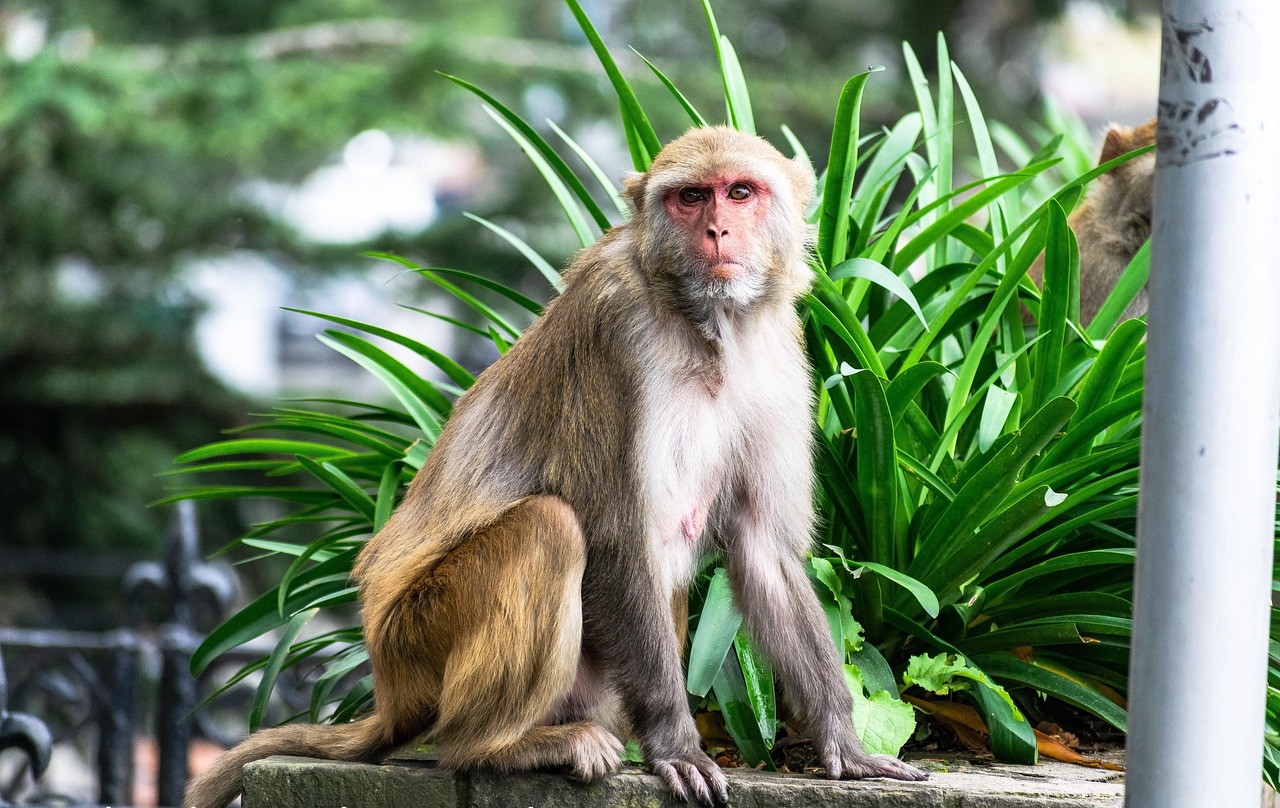
Deep in the heart of Florida lies a place where you might catch a glimpse of something completely unexpected swinging through the trees. Silver Springs State Park hosts what might be the most unusual wildlife residents in all of Florida – more than 200 rhesus macaques living in the forests and along the riverbanks. These aren’t escaped zoo animals or some Disney attraction gone wrong, but rather a thriving population that traces its roots back to the 1930s. Silver Spring State Park is home to at least 300 rhesus macaques, a monkey native to south and southeast Asia. What makes this particularly fascinating is that these monkeys have carved out their own little kingdom in a place they were never meant to be. There could be up to 400 macaques in Silver Springs, and they’ve been making quite the impression on visitors.
Colonel Tooey’s Wild Idea
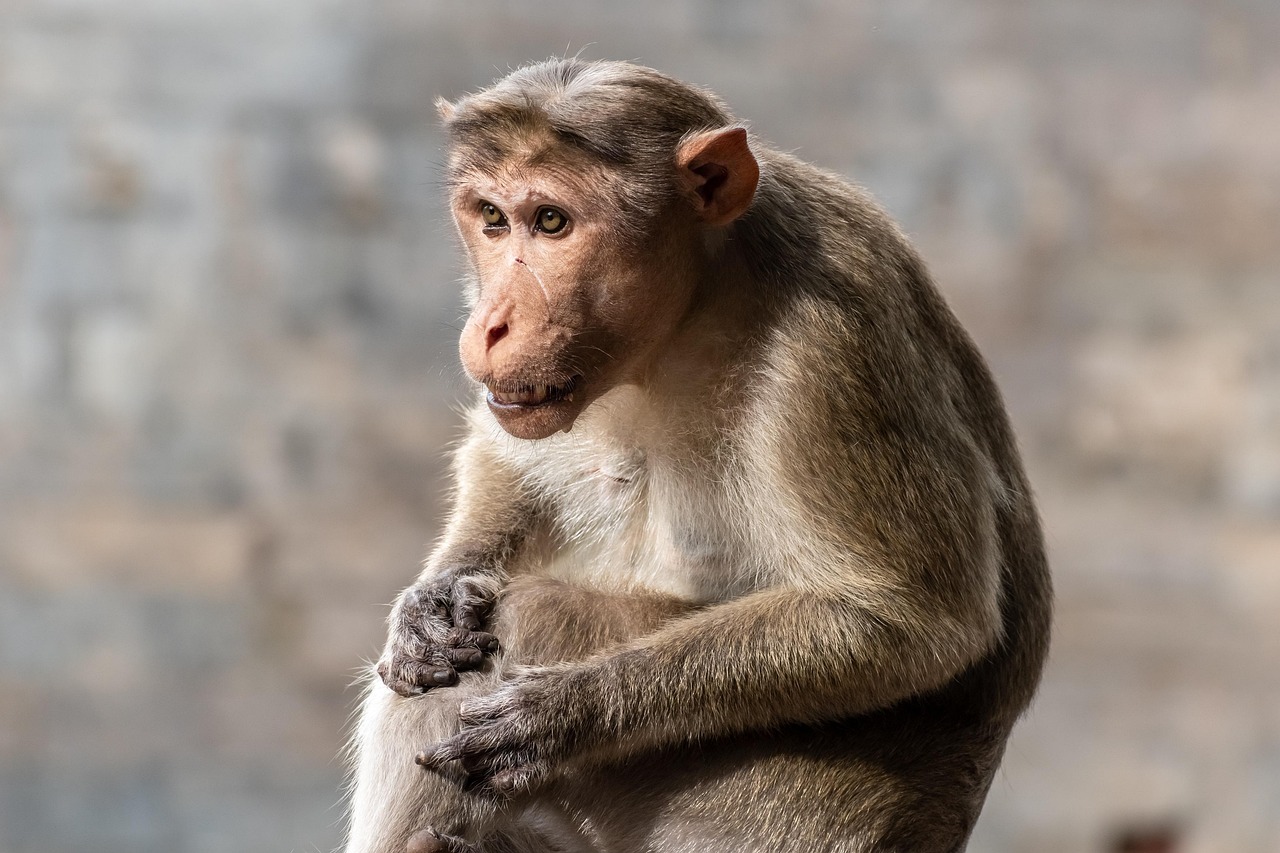
The first recorded introduction of monkeys in Florida occurred along the Silver River in the 1930s in what is now Silver Springs State Park. A commercial river boat captain, Colonel Tooey, released approximately six rhesus macaques on an island in the Silver River in an effort to increase tourism. His plan was simple enough – create a Tarzan-themed attraction that would draw tourists from across the country. He procured the monkeys from a primate dealer in New York City with the intention to create a Tarzan-themed attraction on the island, but his plans quickly unraveled. Colonel Tooey had clearly underestimated his new residents. Unbeknownst to Tooey, rhesus macaques are strong swimmers. Within hours of arriving on the island, the pink-faced monkeys began escaping into the woods. The monkeys had their own agenda, and staying put wasn’t part of it.
Swimming to Freedom
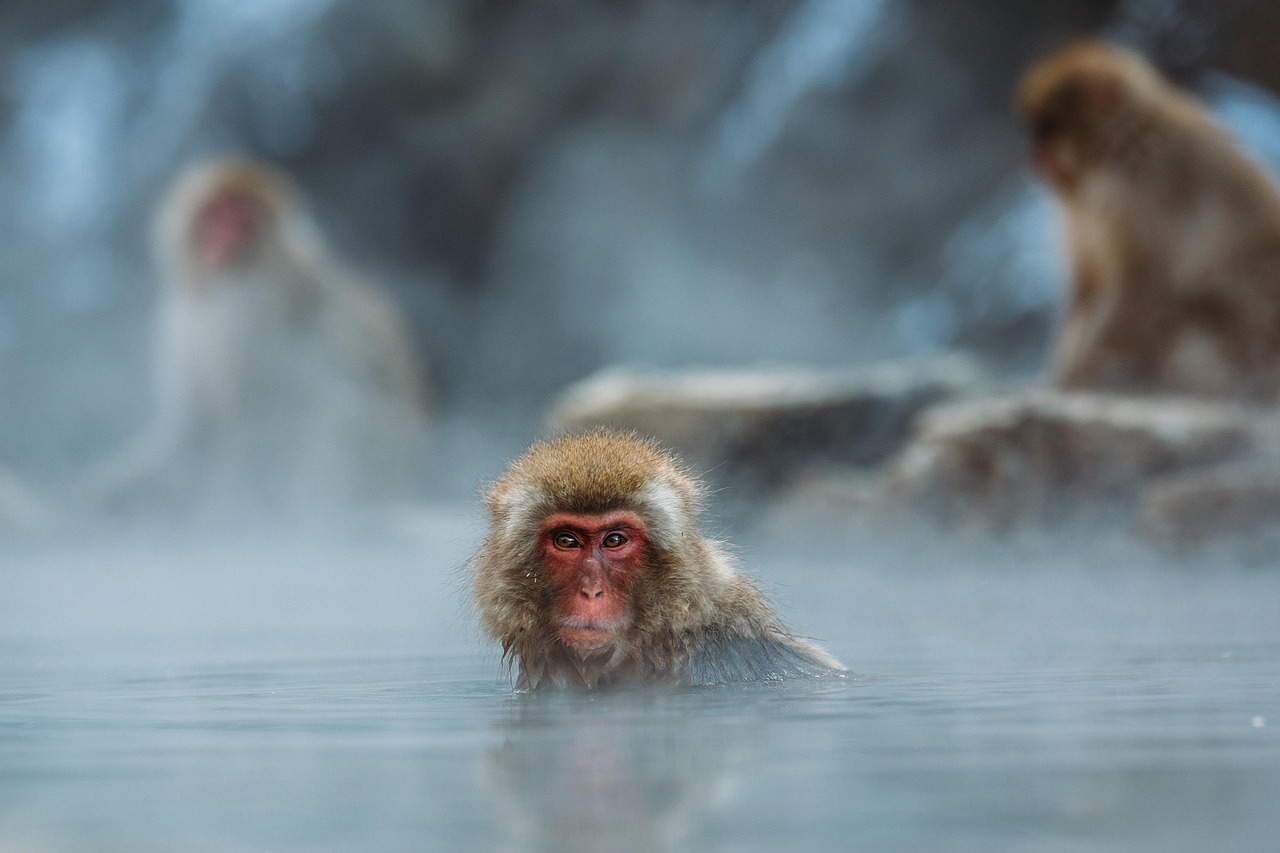
What happened next reads like something out of a comedy movie. It turns out that macaques are strong swimmers, and just within hours of being placed on the island, they had escaped into the woods. Undeterred, another six macaques were brought in as replacements, but they, too, made a runner. The tour boat operator clearly hadn’t done his homework on these Asian primates. What Colonel Tooey didn’t know is that this particular species of monkeys are excellent swimmers – they escaped the premises within minutes of releasing them. By the early 1980s, these monkeys had already spread across what now is the 5000-acre Silver Springs Park. Instead of a contained attraction, Tooey had accidentally created Florida’s first wild monkey population. The monkeys were free, and they were ready to make Florida their new home.
Population Explosion
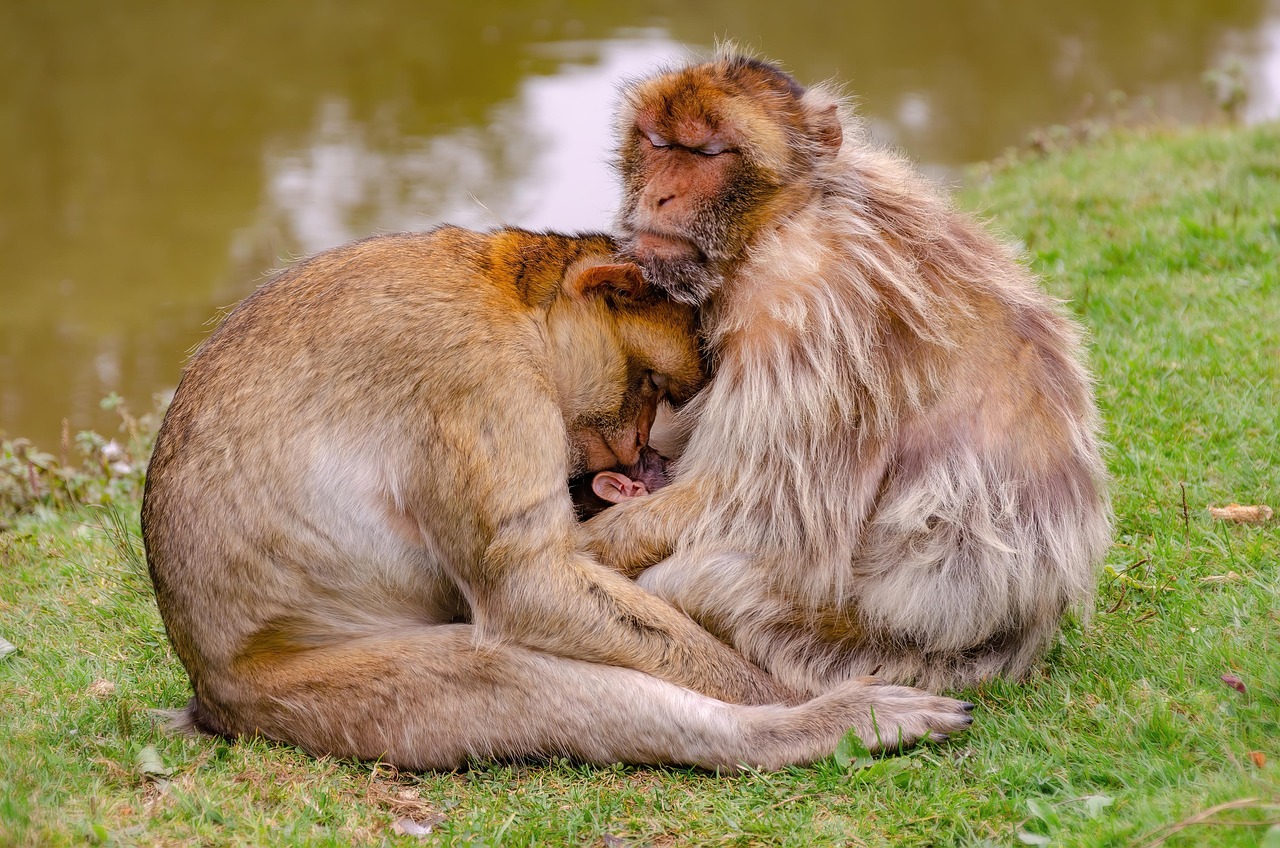
What started as a dozen monkeys has turned into something much bigger. The animals are breeding rapidly, and a new study estimates that the monkey population will double by 2022 unless state agencies take steps to control it. The macaque population along Florida’s Silver River had ballooned to nearly 400 by 1984. These aren’t just surviving – they’re thriving in ways that wildlife experts never expected. They are breeding quickly and expanding by around 11% each year. The monkeys have found Florida’s climate and environment to their liking, creating what some call an invasion and others consider a fascinating example of adaptation.
The Herpes B Virus Problem

Here’s where the story takes a darker turn. According to a newly published study, 30% of those monkeys carry herpes B, a virus that can be deadly if contracted by humans. This isn’t your typical cold sore virus – herpes B is something far more serious. In 1997, one 22-year-old research assistant died after accidentally getting bodily fluids from a captive monkey in her eye and contracting the disease. In humans, herpes B—which is closely related to the more well-known human variety, herpes simplex virus—can cause inflammation of the brain and spinal cord leading to severe brain damage or death. The herpes B virus has been fatal to 21 of the 50 humans known to have contracted it from macaque bites and scratches while working with the animals in laboratories. Herpes B virus infection is extremely rare in people, but when it does occur, it can result in severe brain damage or death if the patient is not treated immediately. The odds might be low, but the stakes couldn’t be higher.
Monkey Mayhem Beyond the Park
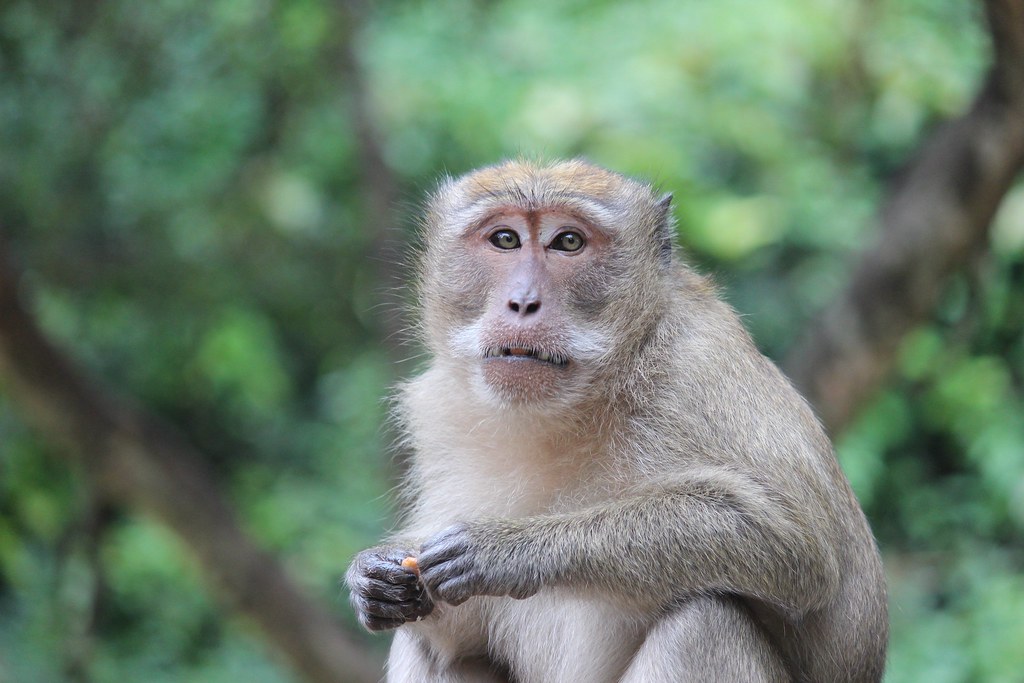
These monkeys haven’t stayed put in Silver Springs. Residents of two Lake County, Florida, communities have seen wild monkeys, capturing the rare occurrences on camera while reporting them to police. Reported primate sightings from last week came from Groveland, and days later, neighbors in Clermont said they were spotting the wild animals as well. One father had quite the shock when picking up his daughter from school. “I was picking up my daughter at school, and then I saw [what] I thought was a cat. When I got closer, I saw it was a monkey,” Maxel Miranda told FOX 35 Orlando. His footage shows a monkey walking on all fours behind South Lake High School. Although the town is just outside the park, stray males will occasionally venture within city limits and have ranged over 100 miles from their home colony, turning up in outlying cities such as Sarasota and Tallahassee.
Recent Wild Encounters
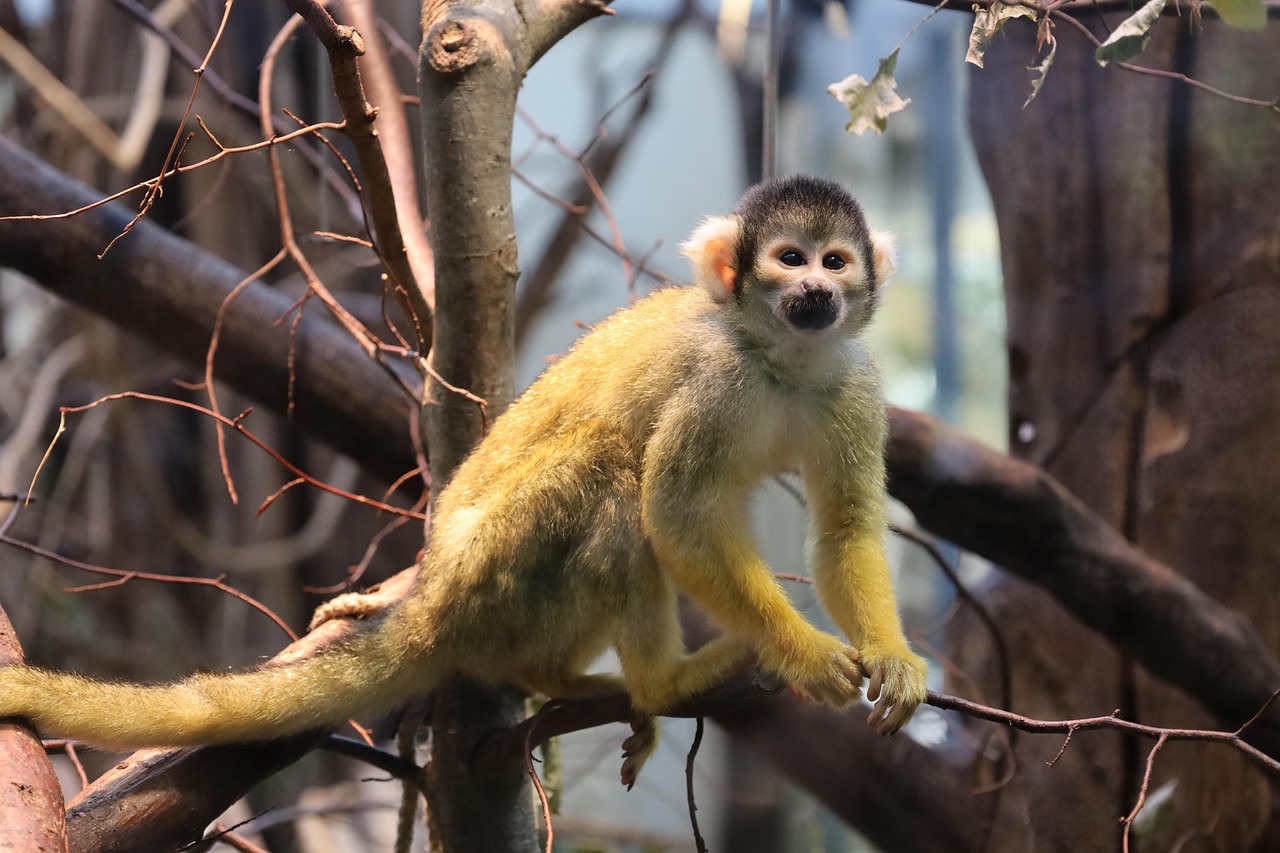
In 2024, monkey sightings have become increasingly common in unexpected places. Police have warned residents to avoid monkeys seen recently in Orange City, Florida. A Volusia County elementary school principal had to warn parents about a monkey after seeing one run through the school’s drop-off area on Wednesday. The situation got even more interesting when a vervet monkey escaped from a sanctuary in Sumter County about a month ago and has been sighted in Clermont. This particular monkey, named Zulu, manipulated the lock on his enclosure at the Chase Sanctuary and Wildlife Conservancy in Webster and fled about four weeks ago. The monkeys are clearly smarter than many people give them credit for.
Tourist Attraction or Public Health Threat
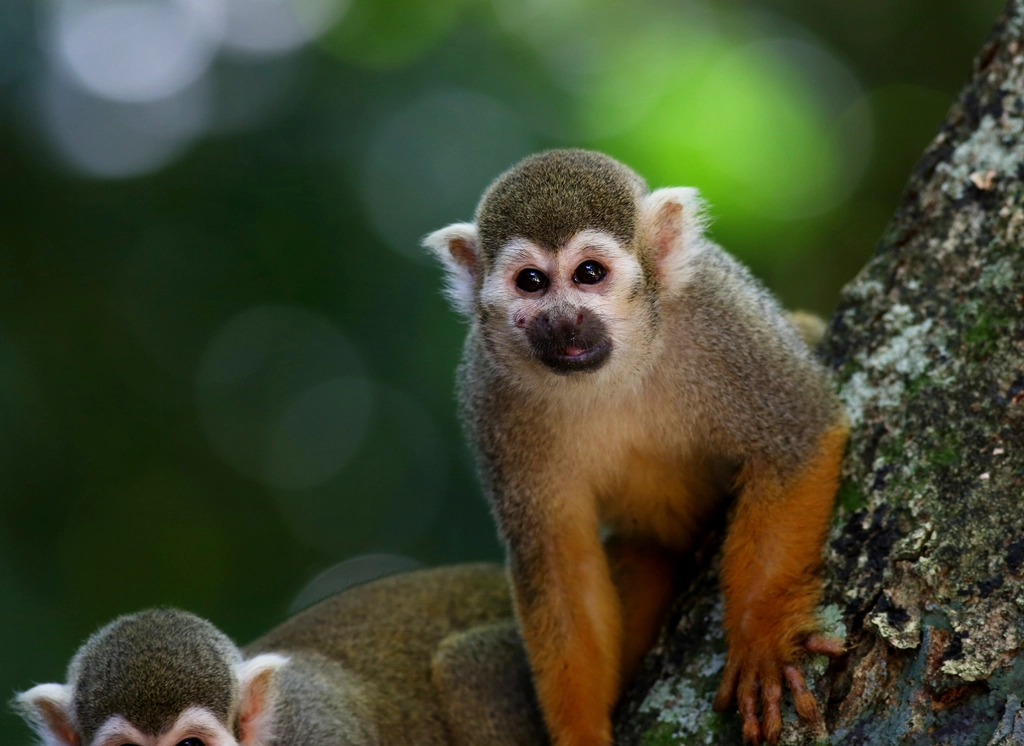
The monkeys have created quite the dilemma for park officials. For many tourists, the possibility of seeing the monkeys is the whole reason they come to Silver Springs. Removing the monkeys from Silver Springs would negatively impact Manley’s business. Monkeys have become synonymous with Silver Springs and are a part of the park’s landscape. But there’s a flip side to this tourism boom. “Without management action, the presence and continued expansion of non-native rhesus macaques in Florida can result in serious human health and safety risks including human injury and transmission of disease”. Videos showing encounters between humans and monkeys at Silver Springs Park have gone viral. In February, one couple said they were walking on the boardwalk when another visitor to the park came running towards them. “As soon as he turns around and looks at me he starts charging,” Castillo said.
The Great Monkey Debate
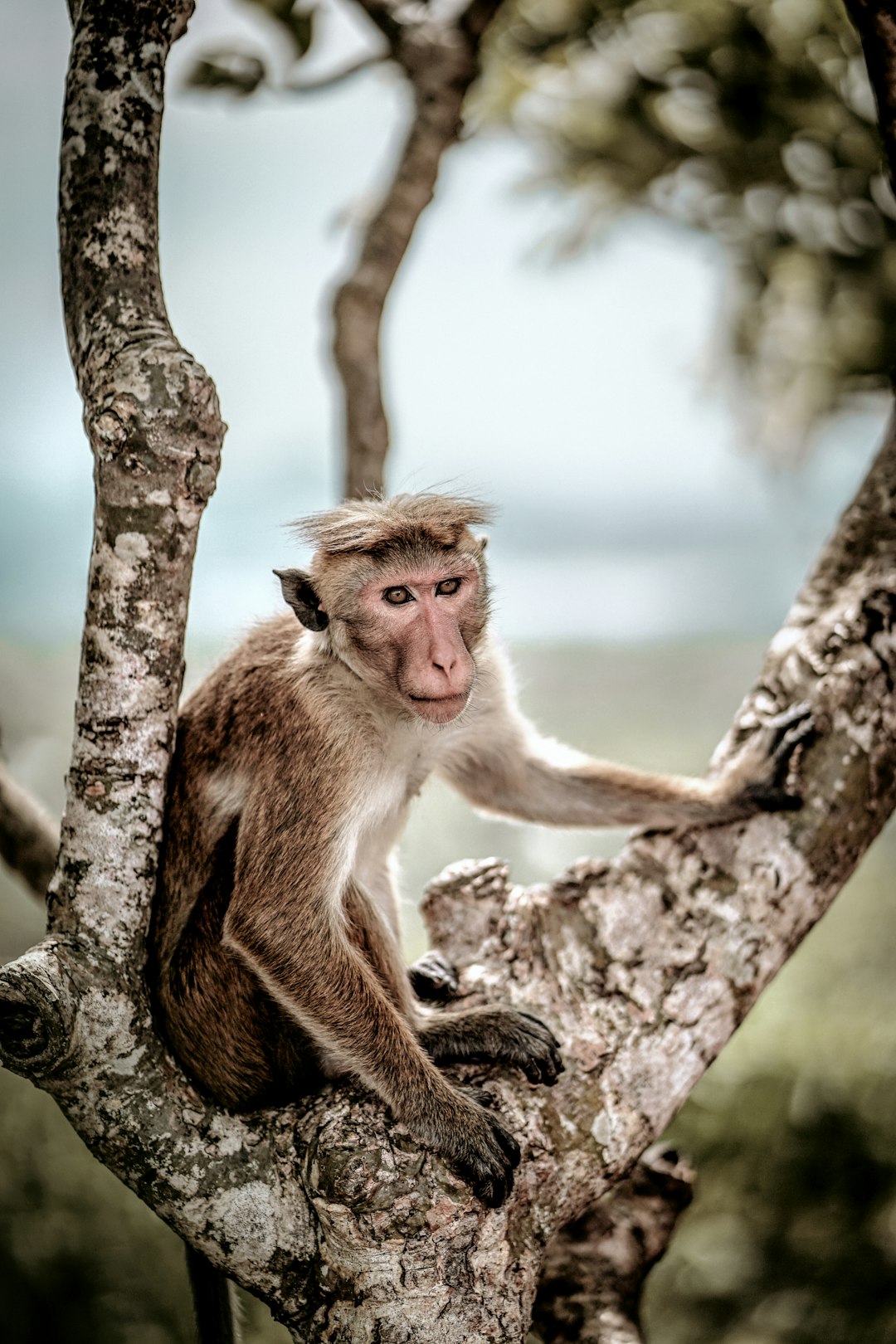
Florida finds itself caught between conservation and commerce. On the one hand, they are considered an invasive species, but on the other, they are a top tourist attraction in the park, and local residents do not want to see the population eradicated. About a thousand of the area’s monkeys were trapped and sold for biomedical research over the next several decades as people grew concerned they might be plundering birds’ nests and could pass their virus on to humans. The trapping and selling drew its own backlash, however, from animal rights groups and others concerned for the monkeys’ welfare. And so, since 2012, efforts to thin Silver River’s monkeys have stopped. Instead of trying to manage the population, officials warn tourists to keep their distance. It’s a compromise that satisfies no one completely but keeps everyone somewhat happy.
Environmental Impact
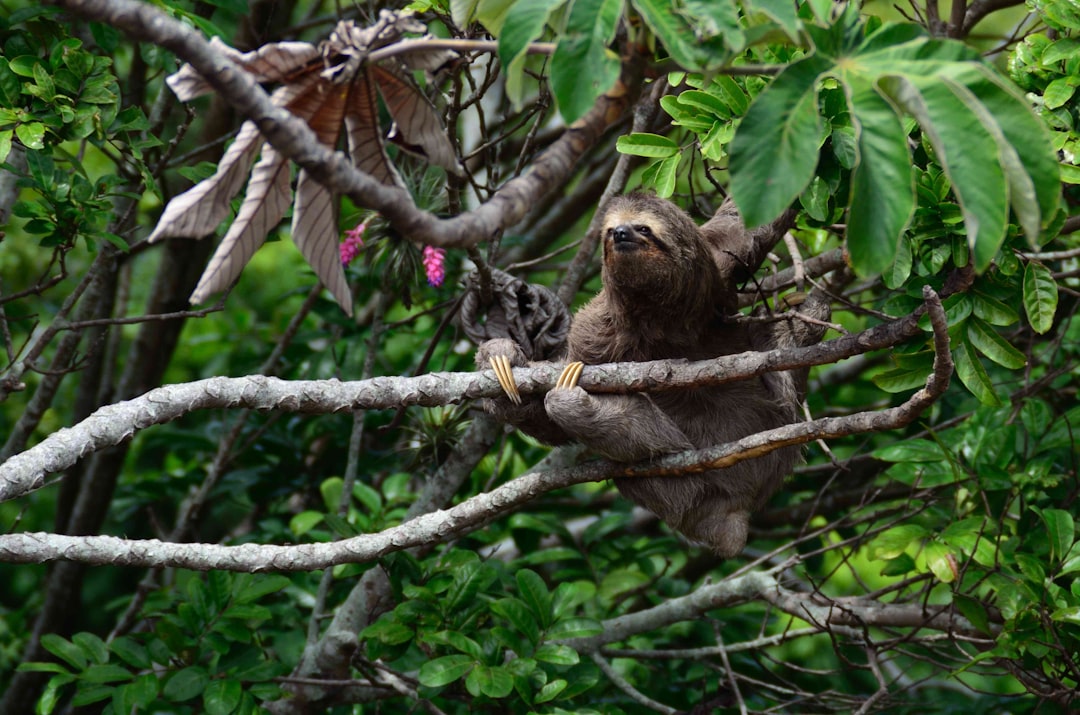
The monkeys aren’t just sitting around looking cute – they’re actively changing their environment. Although the company provided the animals with food, the macaques also ate natural vegetation on the islands. They caused significant destruction of mangroves; by the mid-1990s, the macaques were reported to have destroyed 30 acres of mangroves on Key Lois alone. These monkeys are mostly herbivorous but may also eat insects, small invertebrates, and bird eggs. Having such a diverse diet means these monkeys can survive almost anywhere. Their adaptability is both impressive and concerning – they’re proving that they can thrive in environments far from their Asian homeland, potentially at the expense of native Florida species.
Safety Rules and Regulations
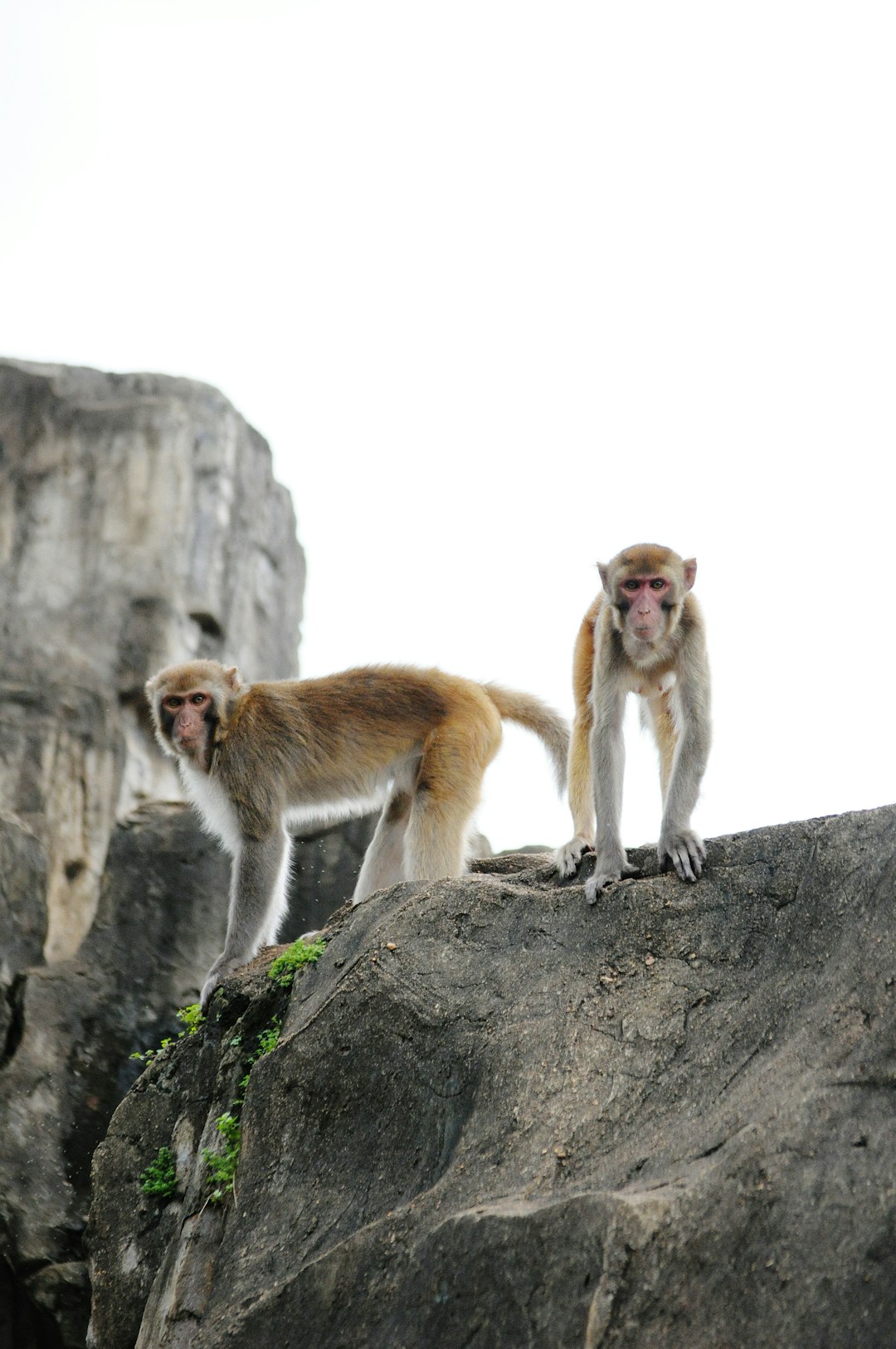
Florida has had to adapt its laws to deal with its unexpected primate residents. Feeding wild monkeys in Florida is a second-degree misdemeanor punishable by up to 60 days in jail and a fine of up to $500. Police have told residents not to feed the monkeys, which is prohibited by a Florida Fish and Wildlife Conservation Commission rule passed in 2017. Monkeys are more likely to return to an area and may become aggressive if they are fed by people. The state has also developed specific guidelines for encounters. If bitten or scratched by a wild monkey, immediately wash the wound and seek medical attention. Call the National B Virus Resource Center for emergency information at (404) 413-6550. These aren’t just suggestions – they’re potentially life-saving protocols.
Monitoring the Monkey Population
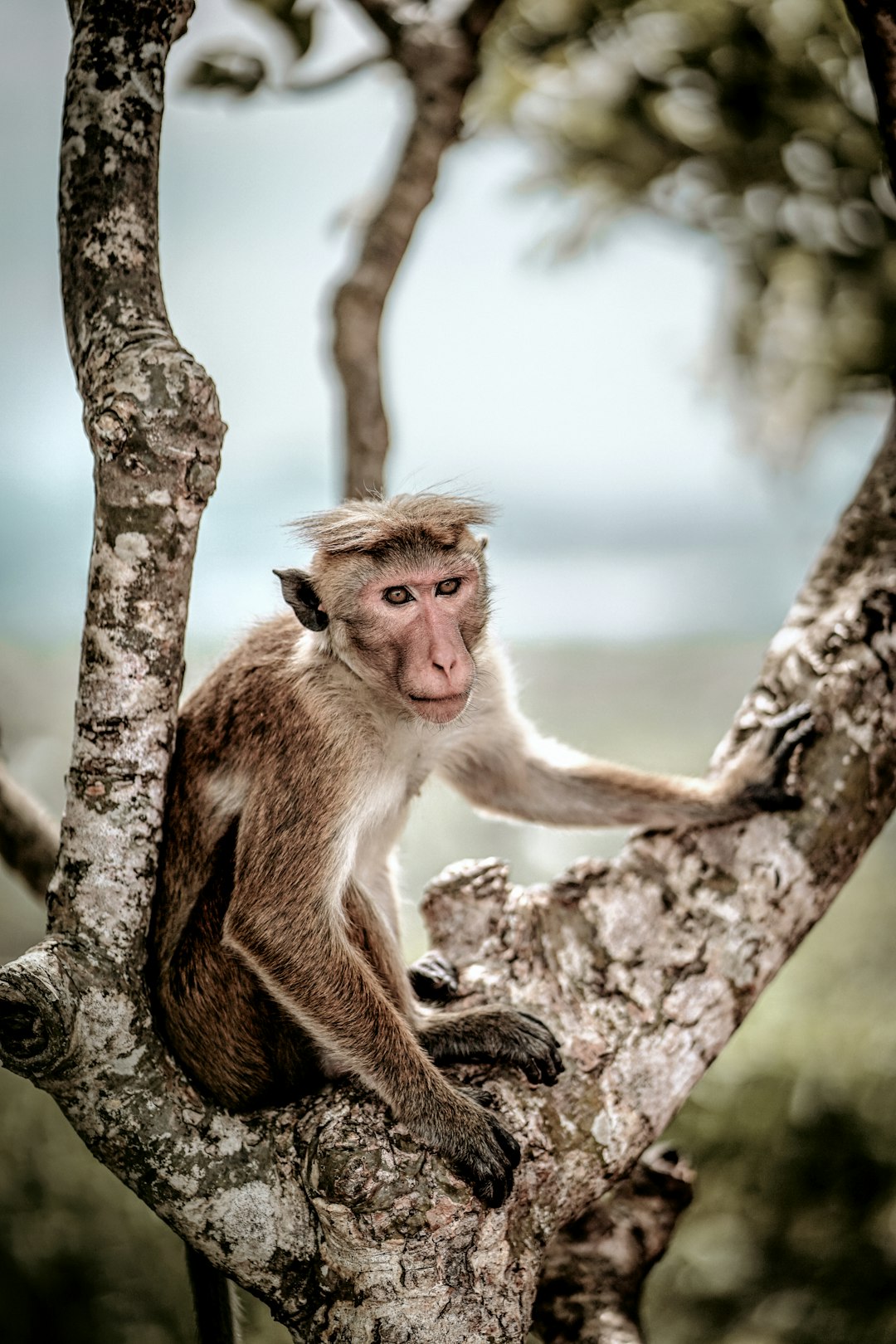
Florida has embraced technology to keep track of its monkey problem. There’s a rhesus monkey tracker, so you can follow these monkey’s and see which counties have the most sightings. There’s a map online that keeps track of rhesus macaque sightings in Florida. According to the FWC’s rhesus monkey tracker, the following counties have had credible sightings of these monkeys outside of the core population. The tracking system helps officials understand where the monkeys are spreading and allows for rapid response when they show up in new areas. It’s become a kind of real-time wildlife monitoring system that would have seemed like science fiction when Colonel Tooey first released his six monkeys nearly a century ago.
The wild monkeys of Florida represent one of the most fascinating examples of unintended consequences in American wildlife history. What started as a simple tourist attraction has evolved into a complex ecological and public health challenge that continues to this day. These pink-faced primates have claimed their piece of the Sunshine State, swimming to freedom and multiplying in ways their original introducer never imagined.







